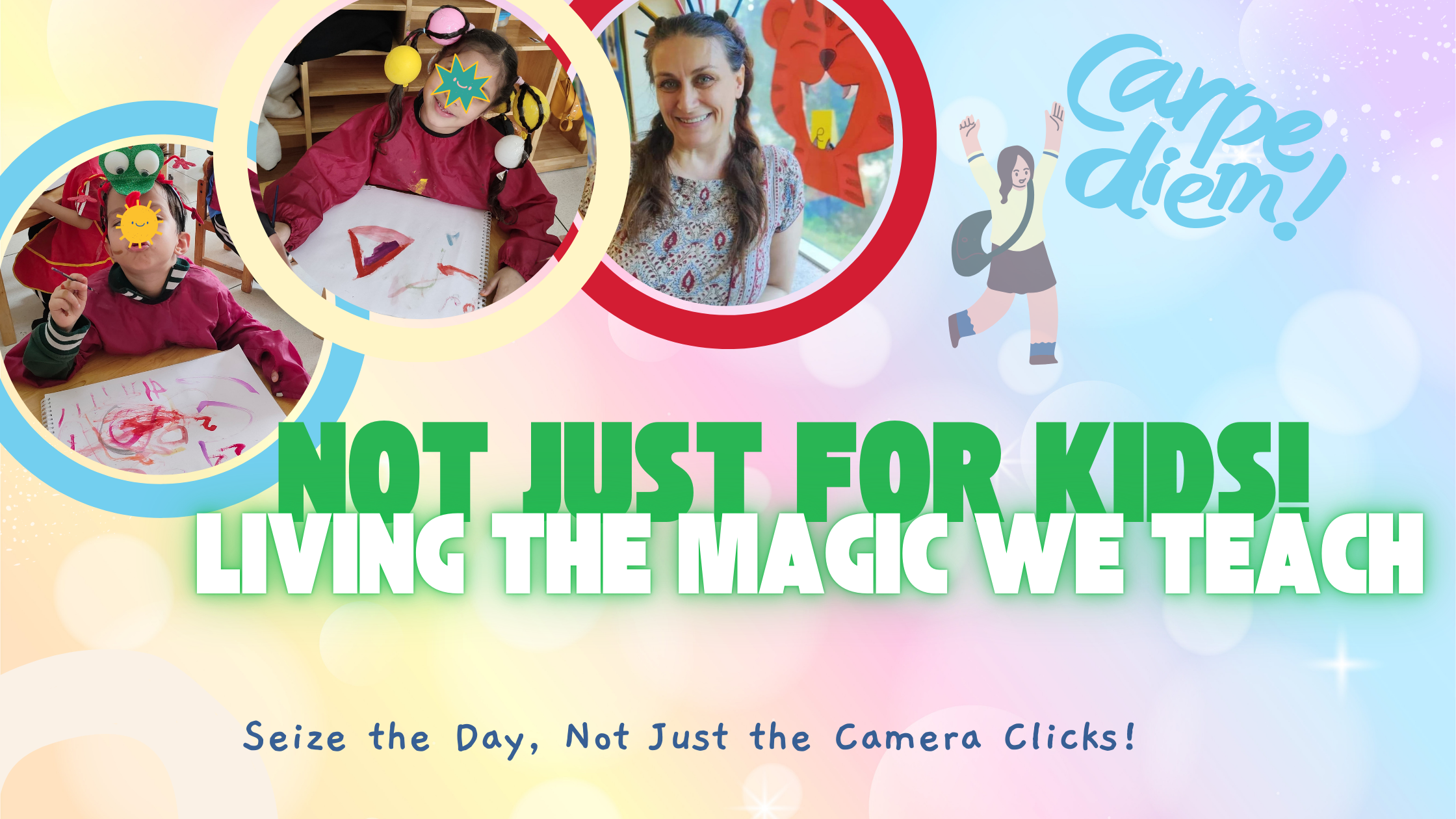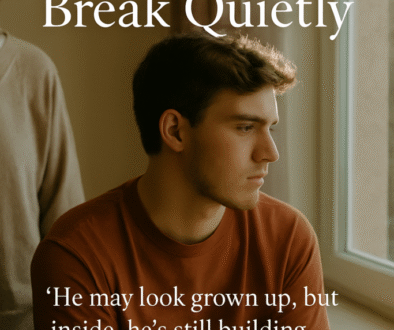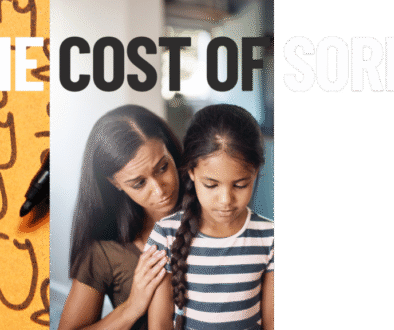
Wykorzystaj dzień, a nie tylko kliknięcia kamery!
Wykorzystaj dzień, a nie tylko kliknięcia kamery!
There was a day—one of those special ones, you know, the kind that gets children buzzing with excitement long before it even arrives. They talked about it, planned for it, imagined it in the wildest ways possible. And when the day finally came, they walked into school with glowing eyes, their heads transformed into masterpieces of creativity.
It was Crazy Hair Day.
And oh, what a sight! Every child carried a story—the lizard hair, the octo-style, the bull, the garden, and things I couldn’t even name! Hair twisted, spiked, sculpted into creatures, landscapes, and pure chaos. It wasn’t just hair—it was a statement, an explosion of imagination sitting proudly on their heads.
And then there was me. With whatever I could manage, however I could manage—making my hair as craziest as possible. Because if we ask children to go all in, then we should too, right?
Or so I thought.
The Moment That Took the Fun Away
As I stood in the corridor, excited and ready, I looked around… and what did I see? A sea of regular hair. Normal, brushed, tied-back, untouched hair. And then I heard it—words that hit harder than expected.
“This is only for children.”
Ah, of course. Silly me. Why would grown, responsible, serious educators want to join in the nonsense of a child’s world? Why would they risk looking ridiculous in front of other adults when they could simply supervise from a safe, mature distance?
And just like that, the magic dulled a little. Because how exactly do we expect children to take us seriously if we don’t take oni seriously? If their special moments remain only theirs while we remain detached figures in the background?
The Bridge Between Play and Learning
In early years education, we talk a lot about bridging learning and play. But here’s a little secret: we are that bridge. Not the lesson plans, not the worksheets, not the well-structured activities. Us. The way we step into their world. The way we respect what they find exciting, important, magical.
When we tell children to come up with the craziest hairstyle but we show up with our everyday, neatly combed, boring hair, what message are we sending? That their world is separate from ours? That their joy is something we observe but do not participate in?
Respecting a child’s world means meeting them in it. It means showing them that what matters to them matters to us too. When they bring something, we bring something. When they dress up, we dress up. When they believe in the magic of a special day, we believe in it just as much.
The Teacher-Child Bond: Built in the Little Moments
There is something profoundly beautiful about seeing a child’s face light up when they realize, “Hey! My teacher is just as crazy about this as I am!” It’s in these small, shared experiences that bonds are built—the kind of bonds that make learning a joyful experience rather than an obligation.
Because let’s be honest, children don’t remember the worksheets. They don’t remember the “serious” lessons that adults think are the most important. They remember the moments when we laughed with them, played with them, stepped into their world instead of pulling them into ours.
And as teachers, we benefit too. These are the moments that remind us why we chose this job in the first place. They bring us closer, not just to the children but to each other. Imagine a team of teachers, all stepping into the magic together. Not just one enthusiastic soul with an octopus nest on her head standing awkwardly among the “normal-haired professionals,” but a collective effort to make the day unforgettable. The energy, the joy, the shared laughter—it’s priceless.
More Than Just a Photo Opportunity
That day—the one that started with so much excitement and ended with me feeling like a lone crazy-haired festival clown—I learned something. Special days in school are not just for children. They are for my too.
They are reminders that learning isn’t just serious business; it’s alive and vibrant and full of joy. That for a child, a tiny effort from us can mean the world. That we don’t just work with children—we live moments with them.
And let’s not forget the other lesson here—the one that came to me a little later, somewhere between my disappointment and my very tangled hair. “Carpe diem. Yes, seize the day. Seize it with both hands, messy hair, and a childlike heart, because if we don’t, we’ll keep missing the moments that matter. Because we are for children, for God’s sake! If we can’t let go of our polished exteriors for just one day—one ridiculous, fun, memory-filled day—then what are we really doing here?
So next time, when a special day is announced, I hope to see more than just children with glowing eyes. I hope to see teachers stepping into the magic too. Because if we truly respect children, we don’t just ask them to celebrate. We celebrate with them.

